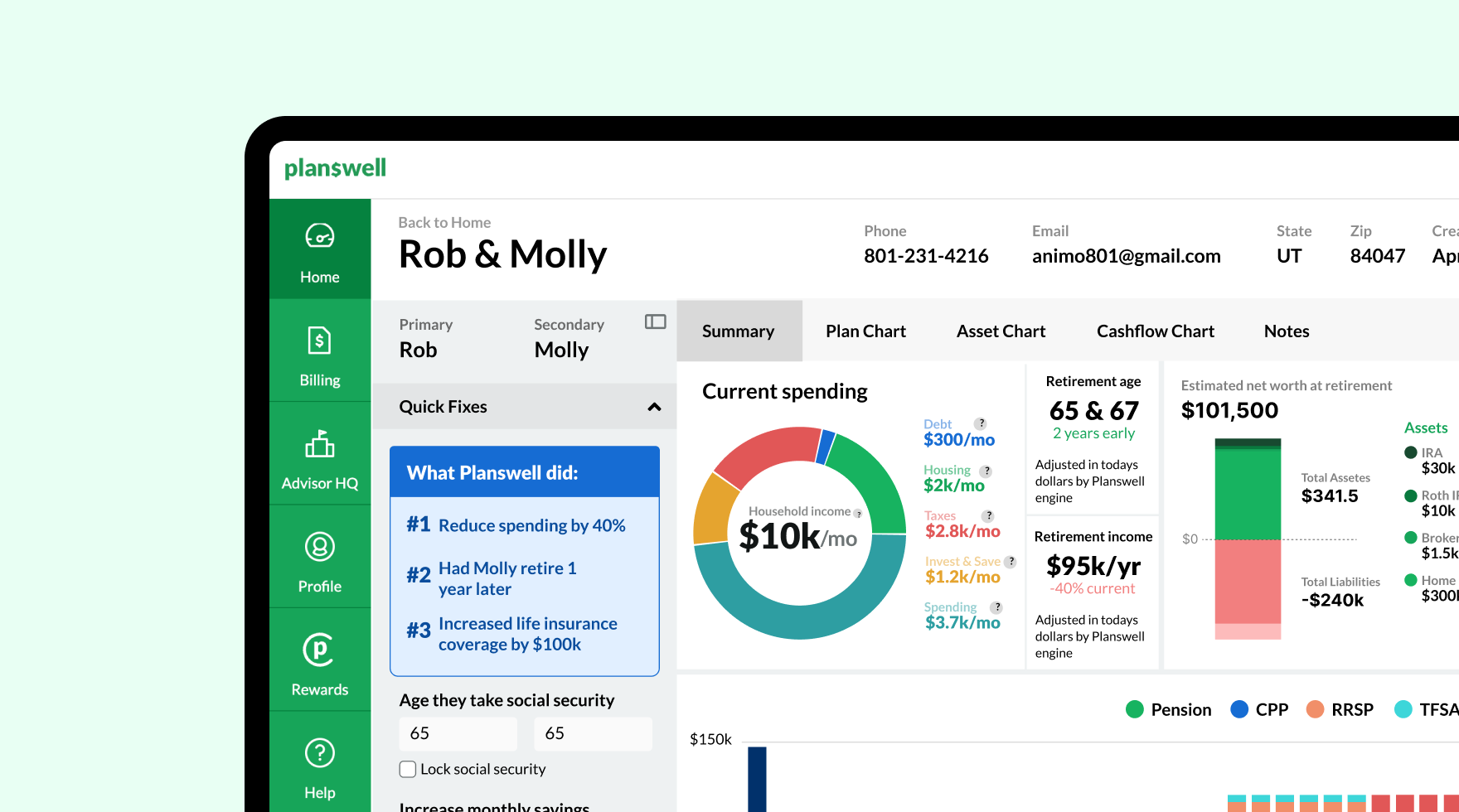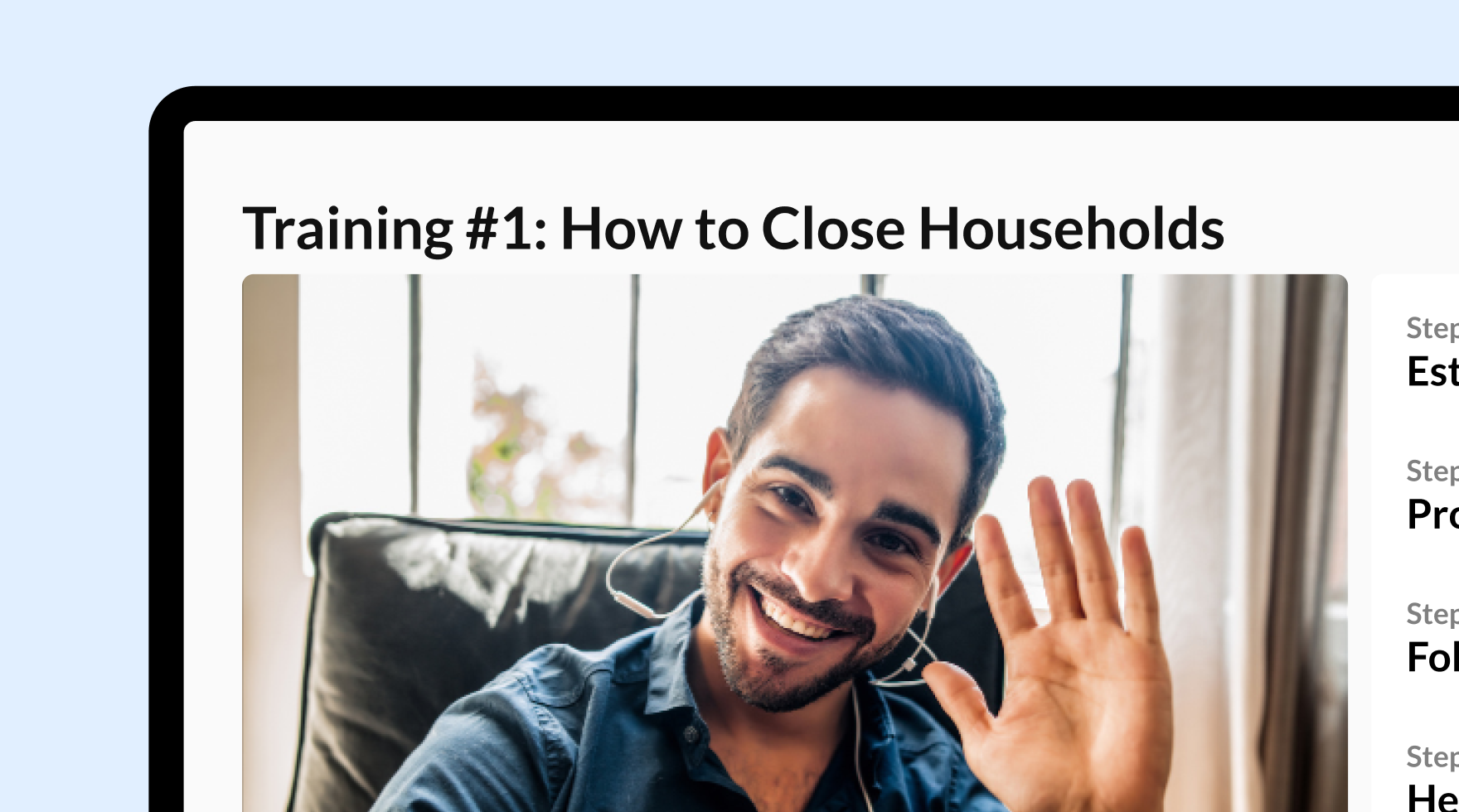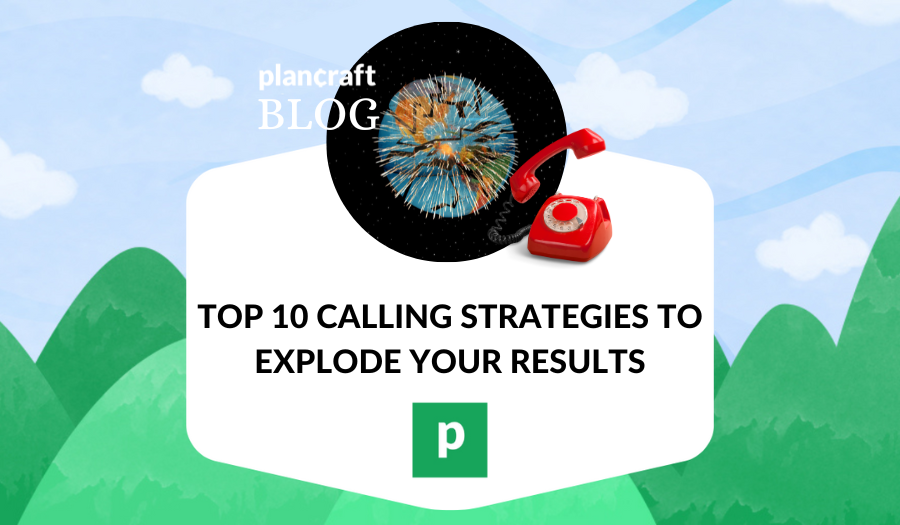Let’s be honest. The middle of the year can be a strange time for advisors. You’ve come through tax season, maybe you're riding the momentum from Q1, but summer is creeping in and suddenly your calendar has a few more open spaces than you’d like.
Instead of scrambling to chase cold leads or hoping the second half of the year brings a fresh rush of prospects, now is the perfect time to do something that’s simple, strategic, and often overlooked — reconnect with the people who already trust you.
The 6-month check-in is one of the most effective (and underused) ways to spark new opportunities, reinforce relationships, and show clients you’re truly in their corner. It doesn’t require a new tool or a full marketing campaign. It just takes a little intention and a plan.
Let’s walk through why this strategy works so well, how to do it without overcomplicating things, and what kind of results you can expect when you do it consistently.
Why mid-year is the perfect time to check in
By June or July, your clients have already experienced half a year’s worth of life. That might include a job change, a bonus, a new baby, a divorce, the sale of a business, or any number of financial shifts. And unless they had a reason to reach out, there’s a good chance you don’t know about any of it.
The 6-month mark is a natural point to pause, reflect, and adjust — and your clients will likely appreciate the chance to have a conversation that isn’t reactive or rushed.
It also sends a subtle but powerful message: you’re not just here to “set and forget” their plan. You’re actively keeping their life and goals on your radar.
If you're trying to differentiate yourself from every other advisor in your market, this kind of proactive care goes a long way.
How to structure a check-in that leads to real results
These aren’t performance reviews. They’re not sales calls. They’re conversations rooted in service, curiosity, and connection. And the best part? You don’t need more than 20–30 minutes.
Here’s a simple structure that works:
1. Start with life, not money
Lead with something like, “What’s new or different in your world since we last talked?” or “Any major changes in the past few months?” This opens the door to meaningful updates that could easily lead to new planning conversations. Maybe they’re buying a rental property, thinking about retirement earlier, or starting to care for aging parents. You’ll never know unless you ask.
2. Revisit the goals you set together
This is a great time to go back to the original goals and benchmarks they shared with you. Are they still relevant? Have priorities shifted? Do they even remember what they told you at the beginning of the year? Helping them re-engage with their goals can remind them why your plan matters — and why they need your help implementing it.
3. Look for missed opportunities or uncovered risks
This doesn’t mean launching into product talk. It’s about asking the right questions. Are they still adequately protected? Are they taking full advantage of employer benefits? Has their income increased without any changes to their tax strategy? A short check-in can surface gaps that lead naturally into valuable follow-ups.
4. Offer something valuable at the end
Even if the check-in doesn’t lead to a major planning need right away, close the loop by giving them something useful. This could be a quick summary of their current plan, a helpful article, or a reminder that you’re tracking something for year-end. It reinforces your value and keeps you top of mind.
Re-engage prospects who’ve gone quiet
Mid-year is also a perfect time to reach back out to prospects you’ve lost touch with — and a check-in is a great reason to do it without sounding salesy.
You could say something like, “I’m reaching out to clients and prospects for mid-year planning check-ins. A lot can shift in six months, and I’d love to see where things stand for you now. Would you be open to a quick call next week?”
This feels light, non-pressured, and service-oriented. It gives them a reason to reconnect that isn’t about you chasing them. Often, people who ghosted in Q1 are now in a totally different place — financially and mentally — and more open to having that conversation.
Retain and deepen your best relationships
Retention isn’t just about staying in touch. It’s about creating ongoing relevance.
When clients hear from you only when it’s time to sell something or because they reach out first, they start to question whether the relationship is really worth keeping. But when you proactively reach out — not just to “check a box,” but to check on them — it shows commitment.
Over time, those touchpoints build trust, loyalty, and referrals. This is especially important for clients who don’t have a lot of activity going on in their accounts. A check-in reminds them that your value isn’t tied to market performance or transactions. It’s tied to your attention, your guidance, and your care.
Make it scalable and stress-free
Worried you don’t have time to reach out to everyone in your book? That’s okay. Start small.
Prioritize the top 20 percent of your book — the clients who generate the most revenue, who are the most engaged, or who have the most potential for growth.
Then look at your warmest dormant prospects. These are people who showed interest but didn’t convert. Maybe you had a great intro call and never heard back. Maybe they downloaded a plan but never followed through. These are ideal candidates for a mid-year message.
Use your CRM to create a simple list and start booking short calls. Even one or two check-ins a day can lead to big wins by the end of the month.
And if you’re using Planswell’s CRM, it’s easy to tag and track every check-in so you know who’s been contacted and what the next steps are.
Final thoughts
Growth doesn’t always come from chasing new leads. Sometimes the best opportunities are already in your corner — they just need a nudge, a conversation, or a little extra care.
The 6-month check-in strategy is your chance to slow down, reconnect, and remind your clients (and prospects) that you’re more than someone who built a plan for them once. You’re their ongoing partner — and you’re here for the long haul.
So grab your calendar, pull a list from your CRM, and start reaching out. One quick check-in can turn into your next big win.









